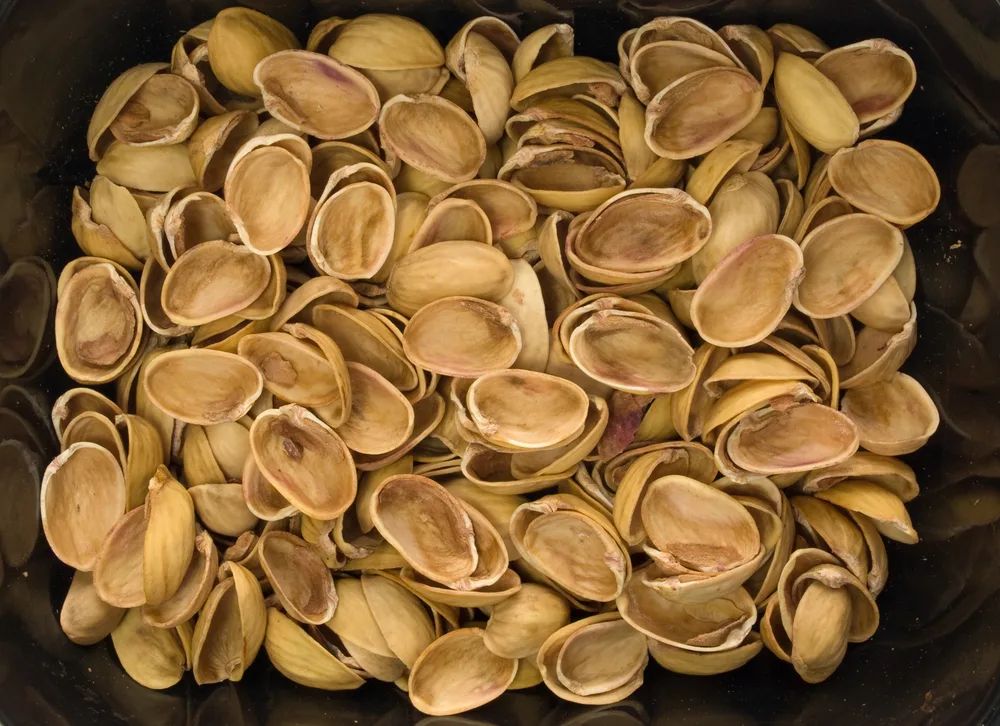
If you like to eat avocados, you may have wondered what to do with the pits or seeds inside them.
As you may have discovered, these take a long while to break down if you add them whole to your composting system, but you definitely should not simply throw them away.
To help you move closer to a zero waste lifestyle, here are seven unexpected, surprising, but most all, practical ways to use avocado pits:
1. Grow an Avocado Tree
The first and most obvious thing to do with the seed from an avocado is to use it to grow a new avocado plant.
Gently clean your avocado pit, taking care to note which end is the top (pointier end – towards the top of the avocado) and which is the bottom (wider, flatter end). The top end will have to be kept dry and the bottom will need to be submerged in water.
To achieve this, push toothpicks into the avocado around its ‘equator’, so it can be rested on top of a glass of water. Make sure the water level is around half way up the pit. Keep it topped up.
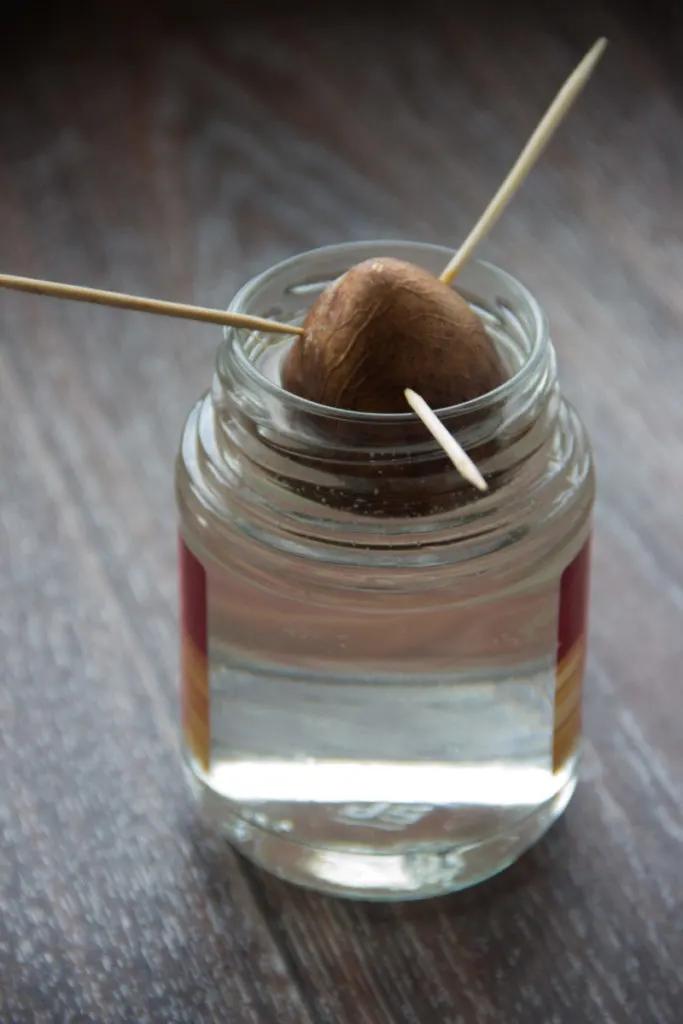
Patience is required. It can take up to 8 weeks for the pit to sprout, in a sunny location. Make sure it gets as much sunshine as possible. Since sun is required, it is best to attempt this in spring, when sunshine hours increase. A taproot will emerge and you cannot let this taproot dry out. Eventually, a sprout will appear at the top.
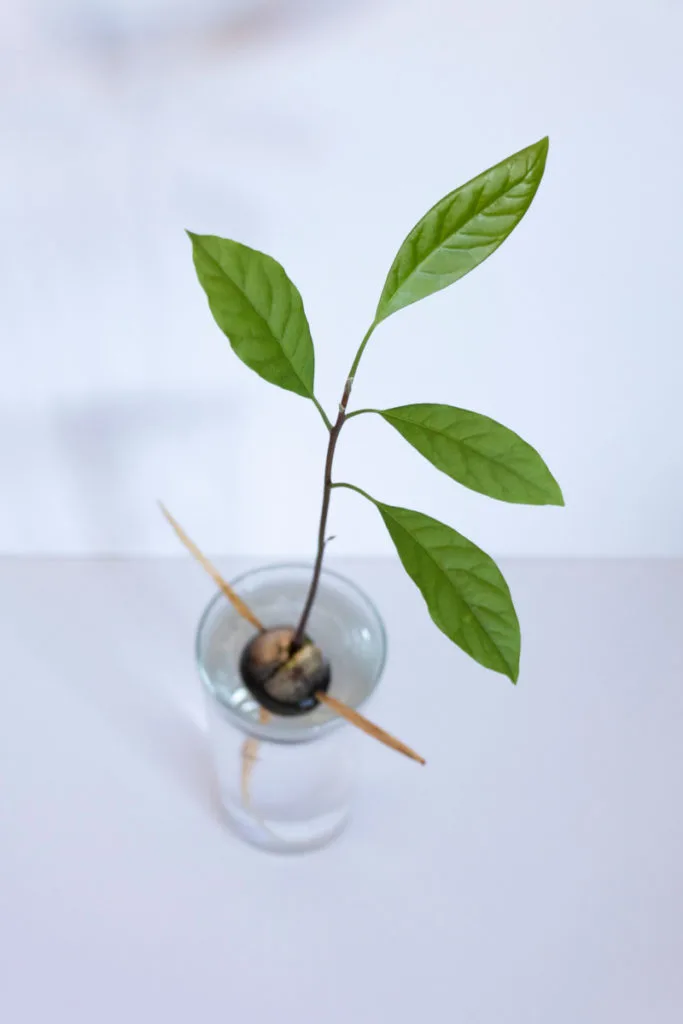
When the stem is around 15cm long, cut it back by half to encourage new growth. When it has grown to around 15cm again, pot your sapling in humus-rich, fertile soil.
Again, make sure your little avocado tree gets as much sunshine as possible. Water frequently but reduce watering if leaves yellow. When the stem reaches around 30cm in height, and after each new 15cm of growth, pinch out the top two sets of leaves to encourage the sapling to bush out.
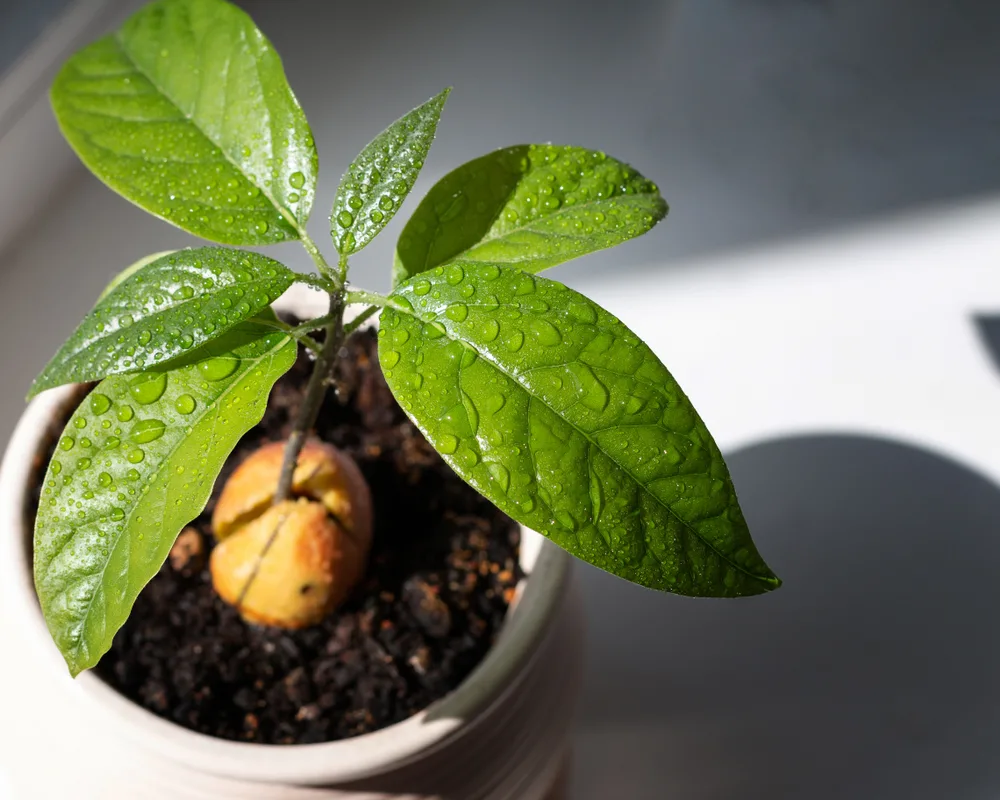
There is no guarantee that an avocado tree grown in this way will fruit, or that the fruits will taste good if it does.
But though it won’t fruit for a very long time (years), if it fruits at all, an avocado plant could still make a nice houseplant to grow inside your home.
2. Grind or Grate and Compost It
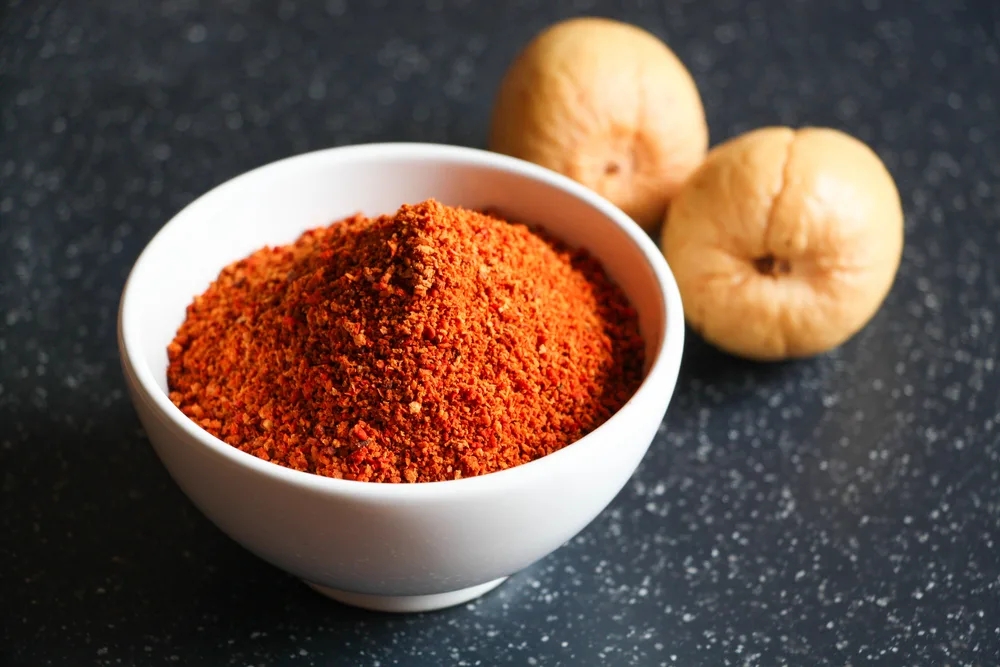
Avocado seeds contain a range of beneficial nutrients – including calcium, magnesium, and quite a high level of potassium that can be beneficial for your plants.
Avocado pits placed whole into your composting system will not break down for a very long time, but grate or grind those pits and they could be a good ingredient to add to your compost heap, or simply to sprinkle around your plants as part of a mulch.
The potassium and other nutrients in the pits will be returned to the soil, and since the pits are high in potassium, they are particularly good for flowering or fruiting plants.
3. Make a Natural Pink Dye from Avocado Pits
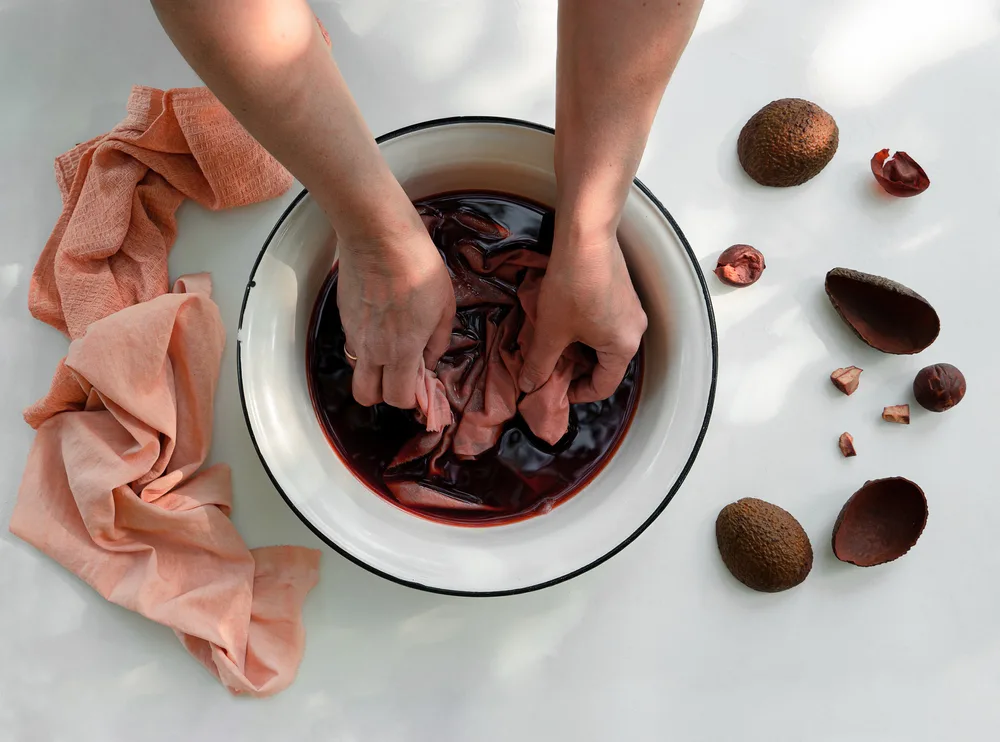
But you don’t have to relegate those avocado pits to a composting system right away. You can also use them in a range of interesting ways around your home.
One excellent example is that you can use them to make a lovely soft pink natural dye.
To learn more about dying with avocado pits, check out this link:
Dyeing with Natural Dyes – Avocado Pits @ kathryndavey.com.
4. Make a Hair Rinse/ ‘No Poo’ Shampoo
Moving away from commercial shampoos is very popular with those who want to live more eco-friendly and sustainable lives and move closer to zero waste. But finding the right recipe for your hair is not always easy.
Making a type of shampoo substitute from avocado pits is one more on a long list of options to consider. You can find out more here:
How To Make Shampoo Out of Avocado Seeds @ onegreenplanet.org.
5. Make an Avocado Pit Facial Scrub
Another idea is to use dried and ground avocado pits as an exfoliant. They can be used to get rid of dry skin and can be combined, also, with the flesh of the avocado, which also has many great benefits for the skin. Here’s how to make a simple DIY facial scrub:
6. Make a Mobile/ Wind Chimes
Another crafty idea is to string a number of avocado pits, perhaps along with pine cones, shells, or other natural materials to make attractive wind chimes or mobiles for your home or garden.
To make the pits last longer, they can be dried and treated with linseed oil or an eco-friendly varnish.
7. Make Christmas Ornaments for Your Tree
Paint, carve or otherwise decorate avocado pits and you can also use them as decorations for a Christmas tree. You can treat them with a natural oil so their natural colour shines through, or paint them in a desired shade using eco-friendly paints. You can also carve designs onto them using woodworking tools, or use pyrography to burn on a design before you oil or wax them.
Of course, if you use your imagination you will find that there are also plenty of other ways to use avocado pits around your home. But the above ideas should give you a place to start when thinking about how to reduce waste in one more way where you live.
Read Next:

Get the famous Rural Sprout newsletter delivered to your inbox.
Including Sunday musings from our editor, Tracey, as well as “What’s Up Wednesday” our roundup of what’s in season and new article updates and alerts.


